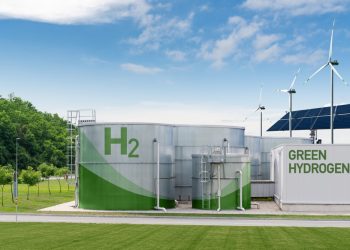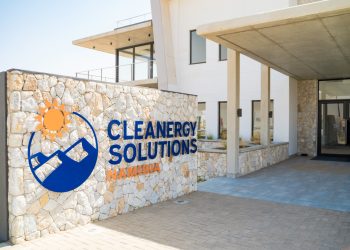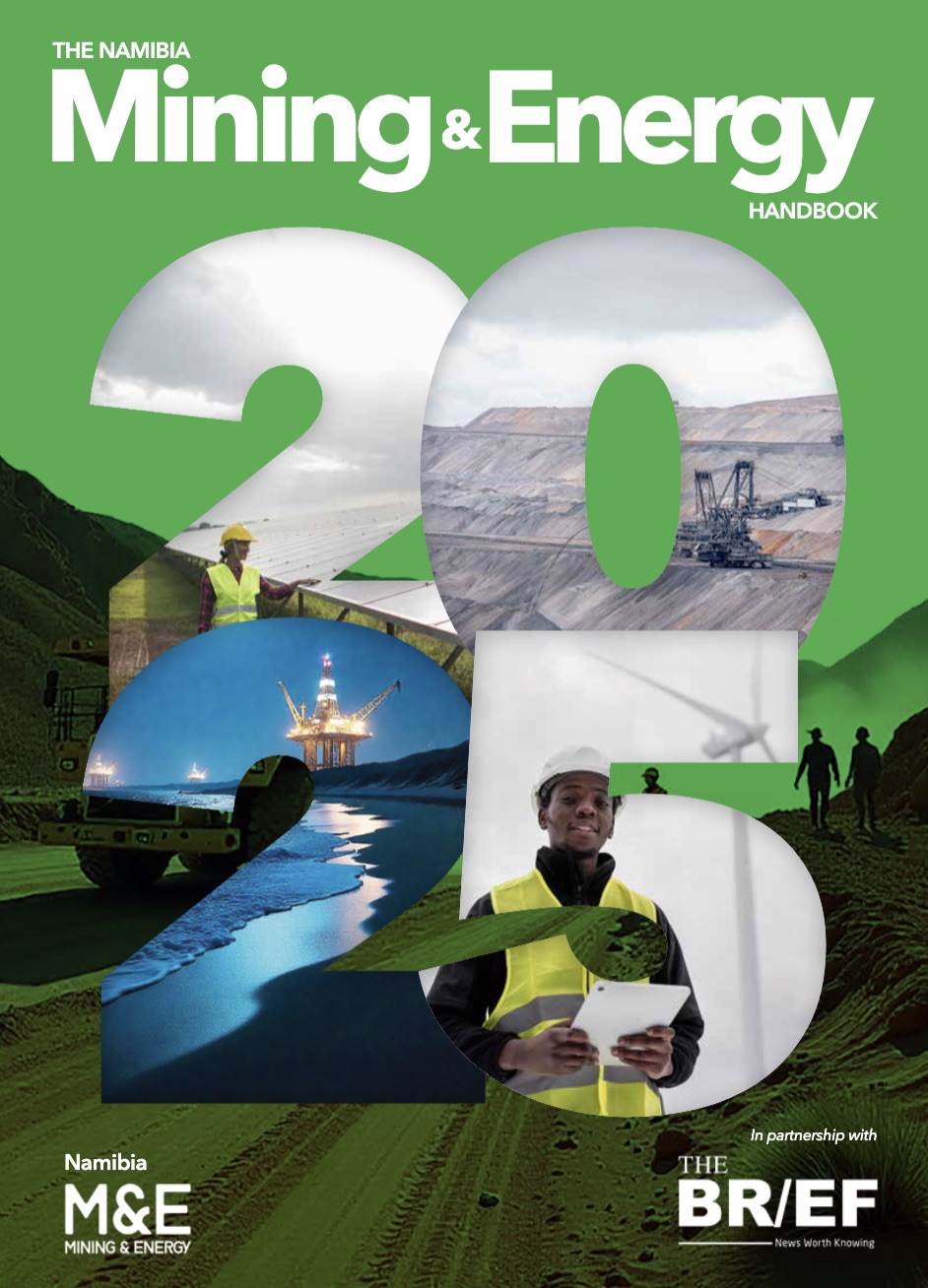
Namibia’s green hydrogen sector secured N$2.08 billion in investment and has created over 800 jobs since inception.
Green Hydrogen Commissioner James Mnyupe said nearly N$170 million was directed to local small and medium enterprises (SMEs) during this period.
“Skills development remains a priority. So far, 183 scholarships have been awarded to Namibian youth, with 90 at Technical and Vocational Education and Training (TVET) level and 93 at tertiary level,” he said.
An additional EUR 1.3 million has been allocated to capacity-building efforts in the Hardap and //Kharas regions linked to upcoming projects, including Hyphen Hydrogen Energy.
Five major green hydrogen projects are currently driving the sector. The HyIron Oshivela Project started production in March 2025, with an initial output of 15,000 tonnes of Direct Reduced Iron (DRI) per year and plans to scale to 2 million tonnes per year by 2028.
Cleanergy Solutions will start small-scale green ammonia production of 200 tonnes per year in 2025, expanding to 220,000 tonnes by 2028.
HDF Energy is developing a green baseload electricity facility expected to generate 142 gigawatt-hours (GWh) annually from 2028.
Zhero/Envision is targeting first green ammonia production of 500,000 tonnes per year in 2029, reaching full scale by 2030.
Hyphen Hydrogen Energy, the largest project, plans to produce 1 million tonnes of green ammonia per year by 2028, increasing to 2 million tonnes by 2030. The project will also supply excess electricity to Namibia’s national grid and export hydrogen to South Africa.
“These projects are paced by multiple Final Investment Decisions between 2024 and 2028 and represent Namibia’s first wave of industrial-scale green hydrogen development,” the Namibia Green Hydrogen Programme (NGH2P) said.
The NGH2P has completed three pre-feasibility studies funded with N$2.5 million. One confirmed the viability of an ammonia and fertiliser production facility near Neckartal Dam.
Another study identified sites for gigawatt-scale hydrogen projects outside the Tsau //Khaeb National Park, which could support industries such as green steel, lithium processing and regional power exports.
A third study assessed Namibia’s offshore wind potential near Lüderitz, estimated at between 20 and 35 gigawatts.
“The offshore wind study recommends a pilot turbine project to build local technical expertise and initiate structured knowledge transfer for this emerging technology,” Mnyupe said at the launch of the second Global Africa Hydrogen Summit 2025.
He said the Namibia Green Hydrogen Programme continues to coordinate the policy, technical, legal, environmental and financial work required to develop the sector responsibly.







